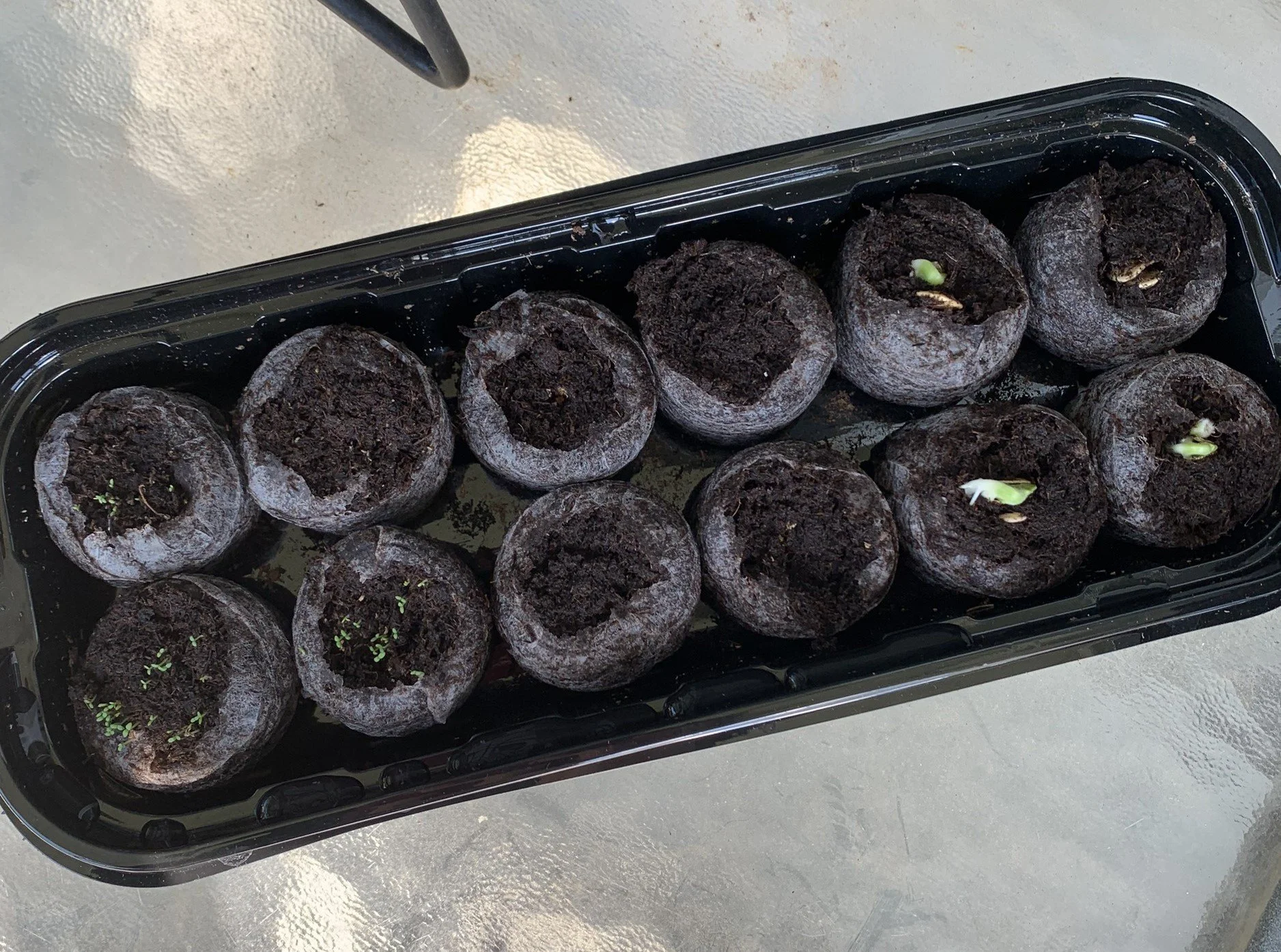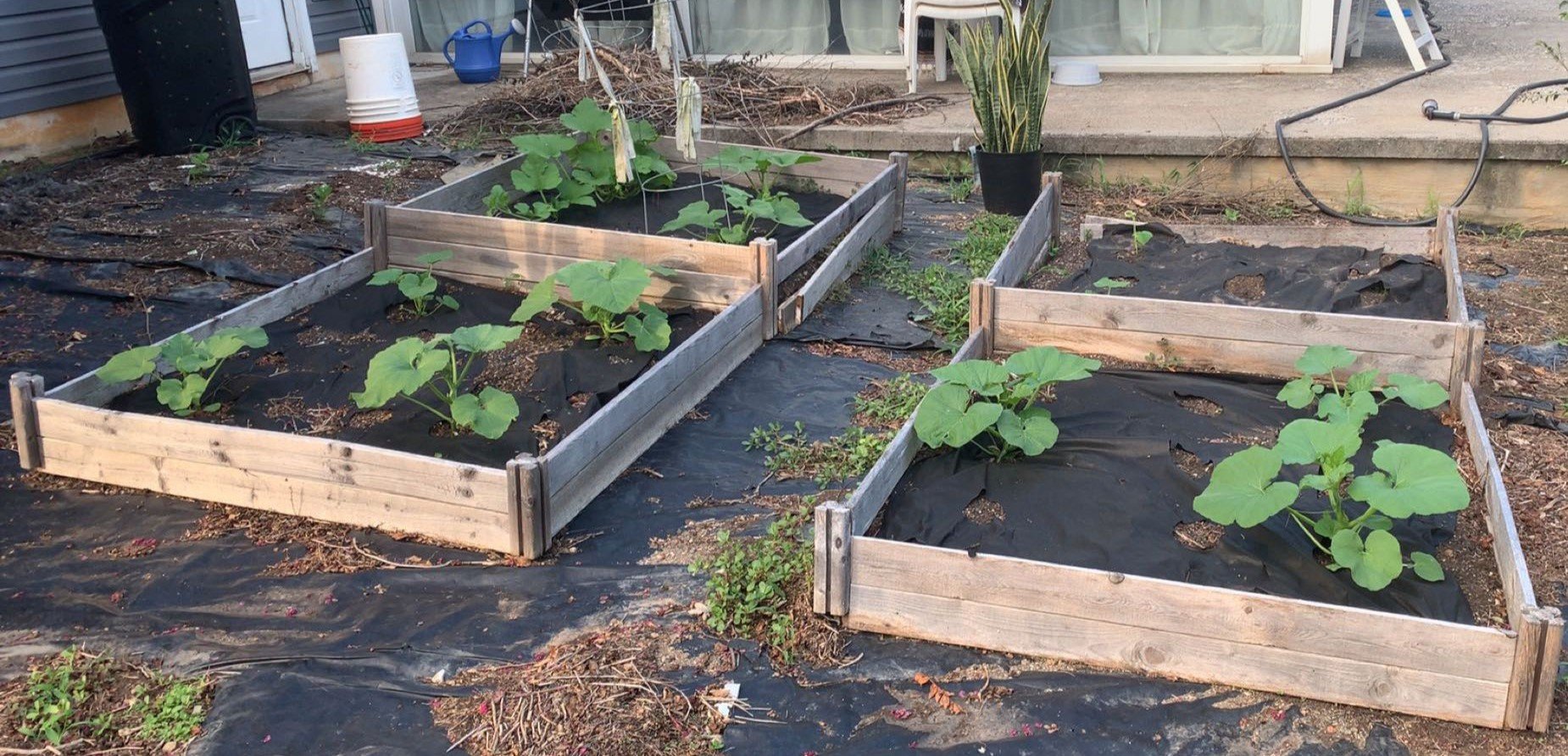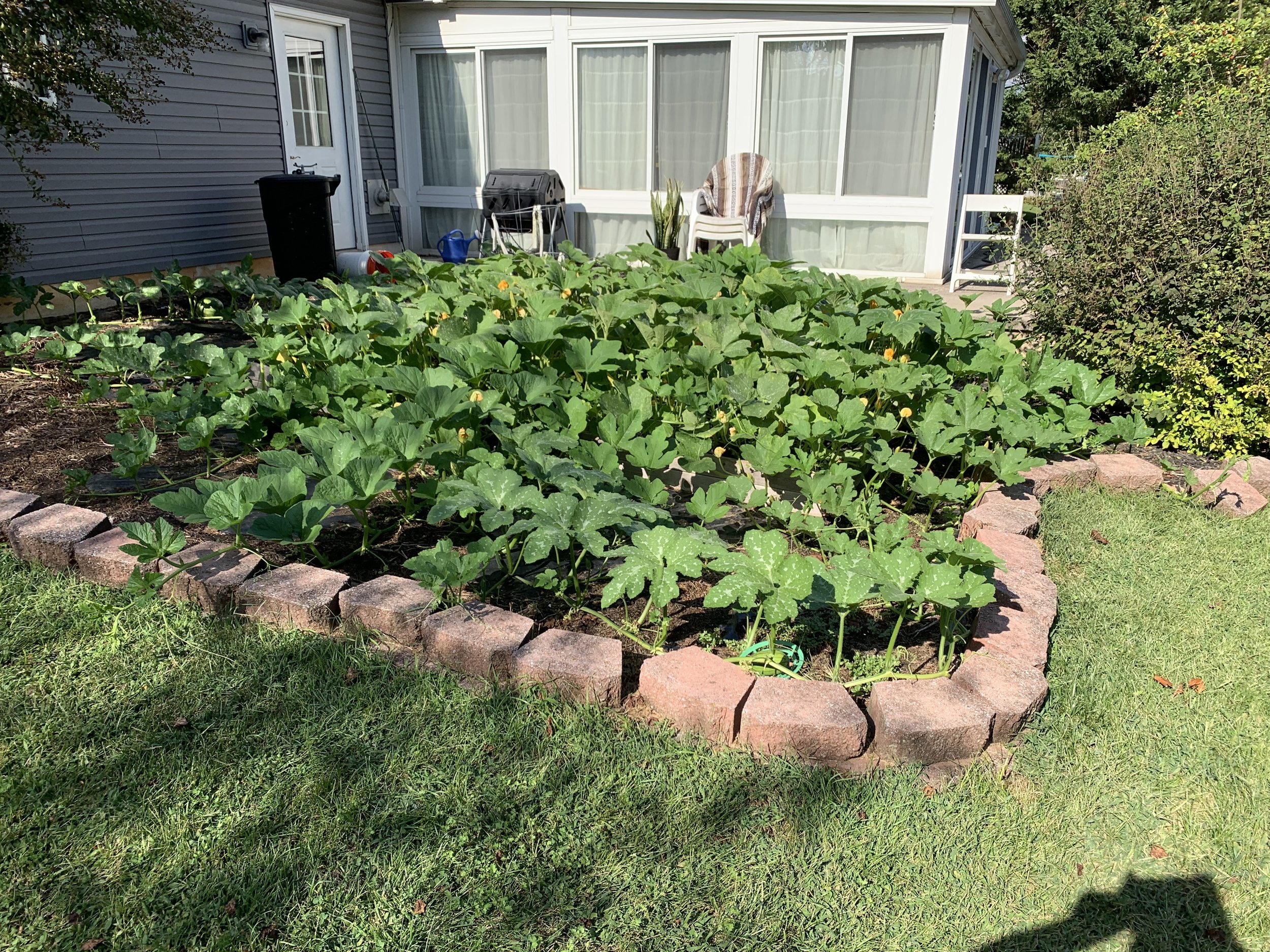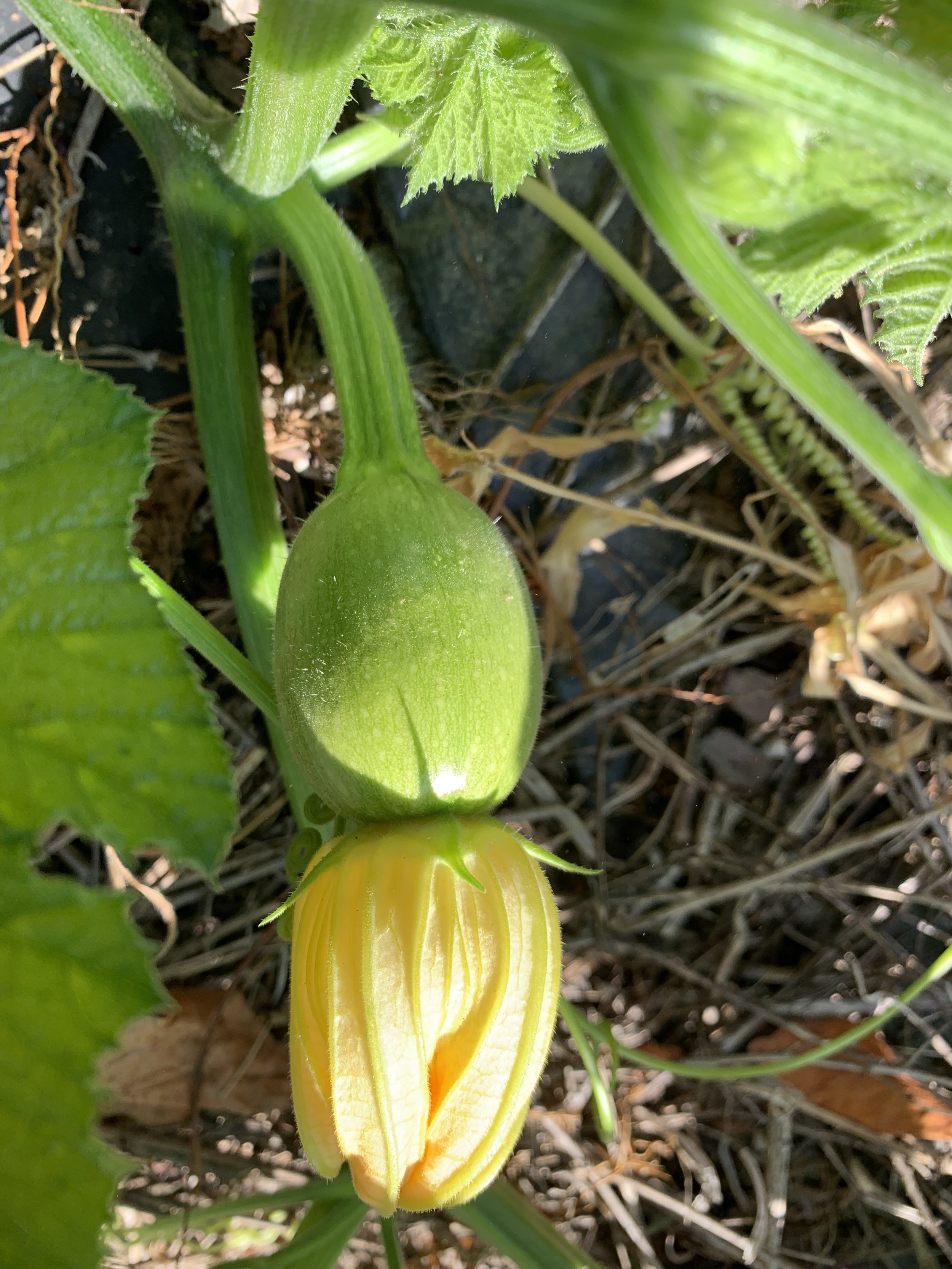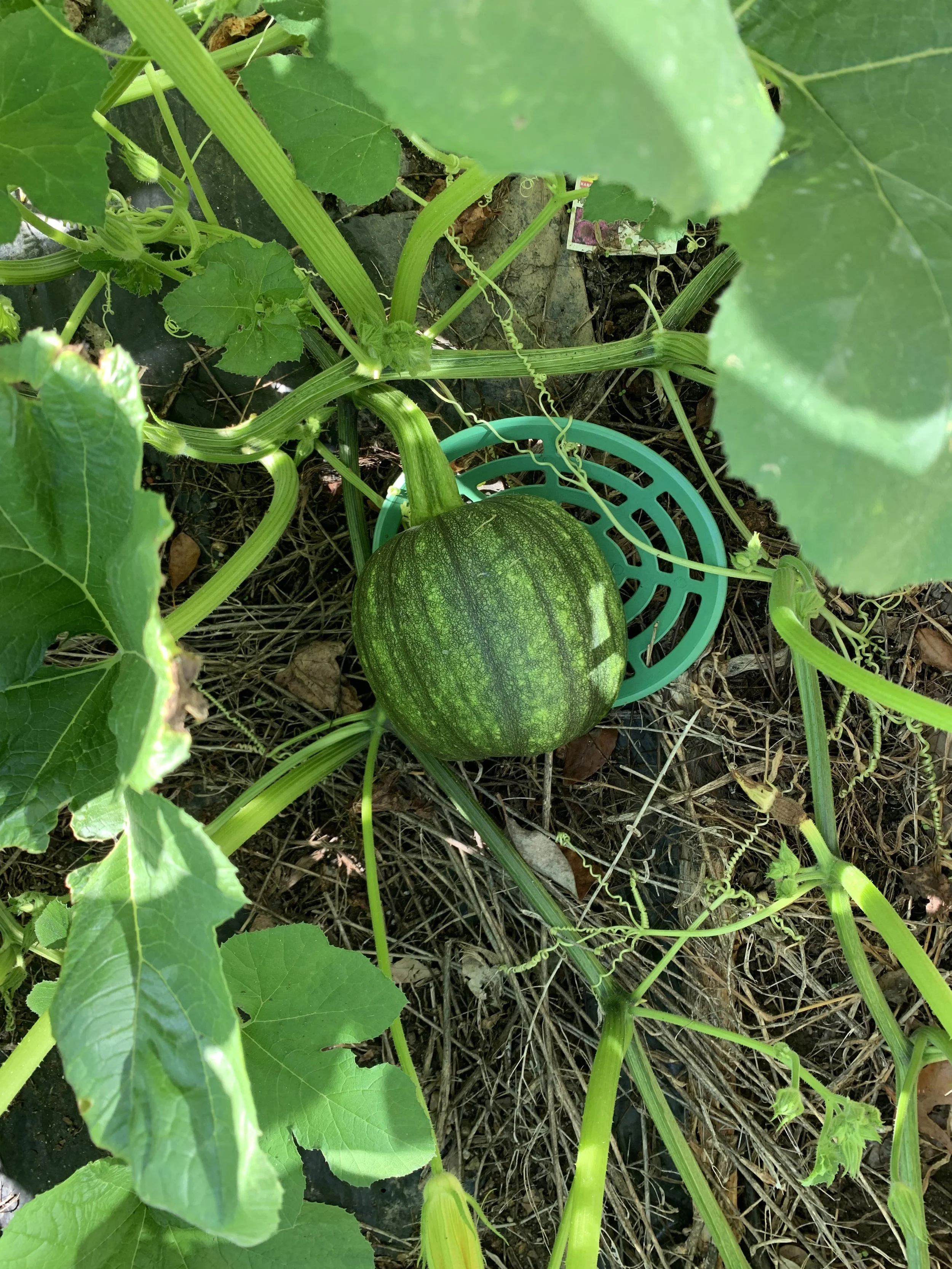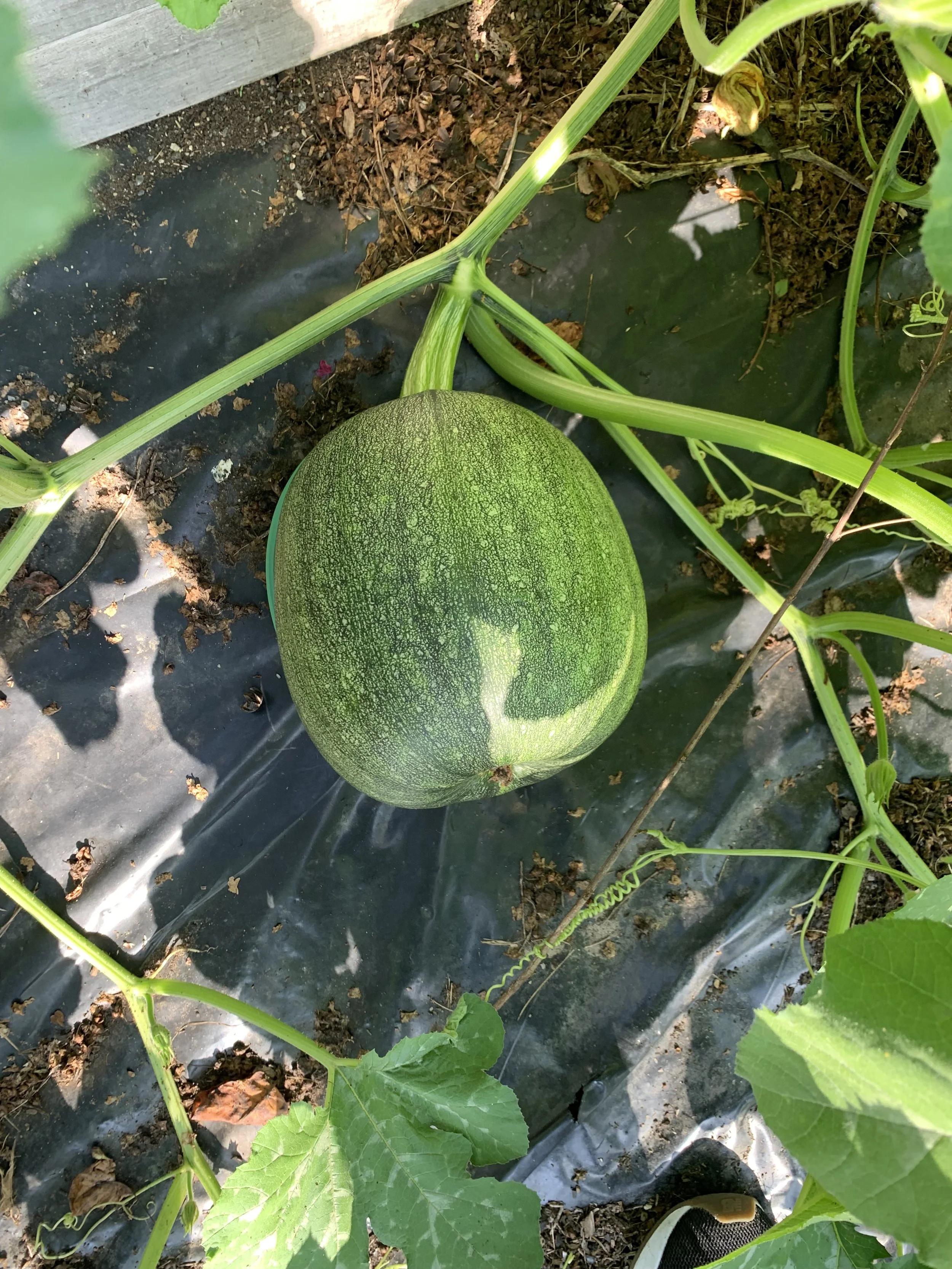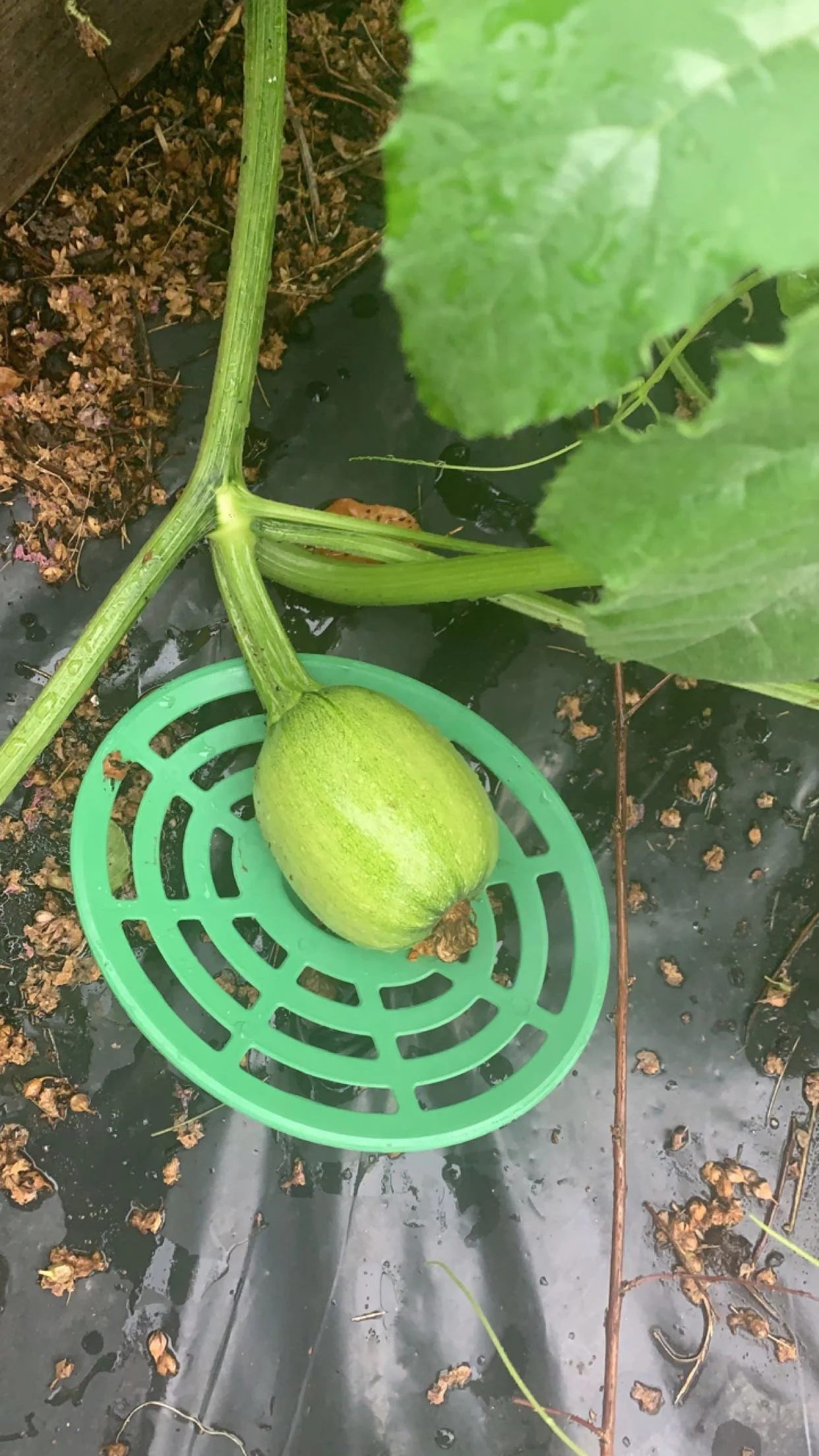Pre-Harvest: Becoming a Jack of all Lanterns
One of the best parts about the spooky season is pumpkins. Fall would just not be fall without pumpkin spice lattes, pumpkin rolls, or pumpkin pies. Pumpkins can be used for many delicious recipes, jack-o-lantern carving, or festive decor. Earlier this summer, I bought pumpkin seeds and planted the pumpkins in my backyard garden. I have been documenting the process through photographs and journaling. I started germinating (a term used to describe the beginning process in which a seed begins to grow into a seedling) my pumpkin seeds on July 9th, 2023, and I planted them in my garden on July 30th, 2023. I decided to write this article to inform myself and others about the benefits of growing and eating pumpkins. This article will be an accumulation of information I have found regarding pumpkins, the steps I have taken to grow pumpkins, and pictures of my pumpkins. I hope this article inspires you to grow pumpkins or start a garden!
Benefits of Eating and Growing Pumpkins:
When incorporated into our daily diets, plants in the Cucurbitaceae family which include pumpkins, cucumbers, squash, melons, and cantaloupes can have a positive effect on health. A literature review about Cucurbitaceae plants authored by sustainability researchers finds that “Various parts of these plants such as leaves, stems, flowers, fruits, seeds, roots etc. exhibit a plethora of pharmacological activity viz. hypolipidemic, antihyperglycemic, anticancer, antimicrobial, analgesic, anti-inflammatory, anti-stress and immunomodulatory activities.”. Pumpkins in particular have been found to provide many important health benefits. Another academic literature review conducted by food science scholars, states, “For decades, several research studies have been conducted on the active ingredients in pumpkin peel, flesh, and seeds to provide a thumbnail sketch of their health-related impacts, which have demonstrated its anti-inflammatory, antibacterial, anticarcinogenic, antidiabetic, and antihypertensive properties, associated with this climber for diabetes”. Both studies conclude that eating pumpkins and other plants in the Cucurbitaceae family have increased benefits and contribute to a clean lifestyle.
In addition to eating pumpkins, growing pumpkins and other plants can have a positive impact on health. Gardening is good for both mental and physical health because it increases physical activity, exposure to the sun, and healthy eating. An article written by a horticulture expert further explains the benefits of gardening, “Sunlight lowers blood pressure as well as increasing vitamin D levels in the summer, and the fruit and vegetables that are produced have a positive impact on the diet. Working in the garden restores dexterity and strength, and the aerobic exercise that is involved can easily use the same number of calories as might be expended in a gym.” Planting a garden can be very beneficial to one’s health as it promotes physical exercise, time spent in nature, and healthy eating habits.
How I Am Growing Pumpkins:
I decided to grow pumpkins specifically because they are a low-maintenance yet rewarding crop. I bought my pumpkin seeds from the grocery store, the specific type of seed was Jack-O-Lanterns from Burpee.
Photo Credit: Burpee Seeds
2. I also bought a mini greenhouse container from Rite Aid. Then, I put water into the container, and placed the pumpkin seeds into the peat pellets. I put it on my porch and ignored them for a few days.
Photo Credit:Jiffy Pots
My seeds in the germination stage of growth.
Photo Taken: July 11th, 2023
3. After seeds started to sprout, the plants became too tall for me to close the lid, so I moved them into a bigger pot.
4. Once the leaves got bigger, I planted the pumpkins in the ground. When I planted them, I made sure there was enough room for them to grow, but I did not realize how big they were actually going to get.
My pumpkins two weeks after I planted them in my garden.
Photo Taken: August 15th, 2023
My pumpkins six weeks after I planted them in my garden.
Photo Taken: September 12th, 2023
5. I water my pumpkins whenever I notice the soil getting dry.
6. Every 2-3 weeks, I fertilize with an 11-8-5 Liquid Fertilizer that I bought on Amazon.
Photo Credit: Amazon
First Picture Taken: September 3rd
Second Picture Taken: September 12th
First Picture Taken: September 7th
Second Picture Taken: September 12th
Bibliography
Batool, Maria, Muhammad Modassar Ranjha, Ume Roobab, Muhammad Faisal Manzoor, Umar
Farooq, Hafiz Rehan Nadeem, Muhammad Nadeem, et al. “Nutritional Value, Phytochemical Potential, and Therapeutic Benefits of Pumpkin (Cucurbita Sp..).” Plants 11, no. 11 (May 24, 2022): 1394. https://doi.org/10.3390/plants11111394.
Mukherjee, Pulok K., Seha Singha, Amit Kar, Joydeb Chanda, Subhadip Banerjee, Barun Dasgupta, Pallab K. Haldar, and Nanaocha Sharma. “Therapeutic Importance of Cucurbitaceae: A Medicinally Important Family.” Journal of Ethnopharmacology 282 (2022): 114599. https://doi.org/10.1016/j.jep.2021.114599.
Thompson, Richard. “Gardening for Health: A Regular Dose of Gardening.” Clinical Medicine 18, no. 3 (2018): 201–5. https://doi.org/10.7861/clinmedicine.18-3-201.



